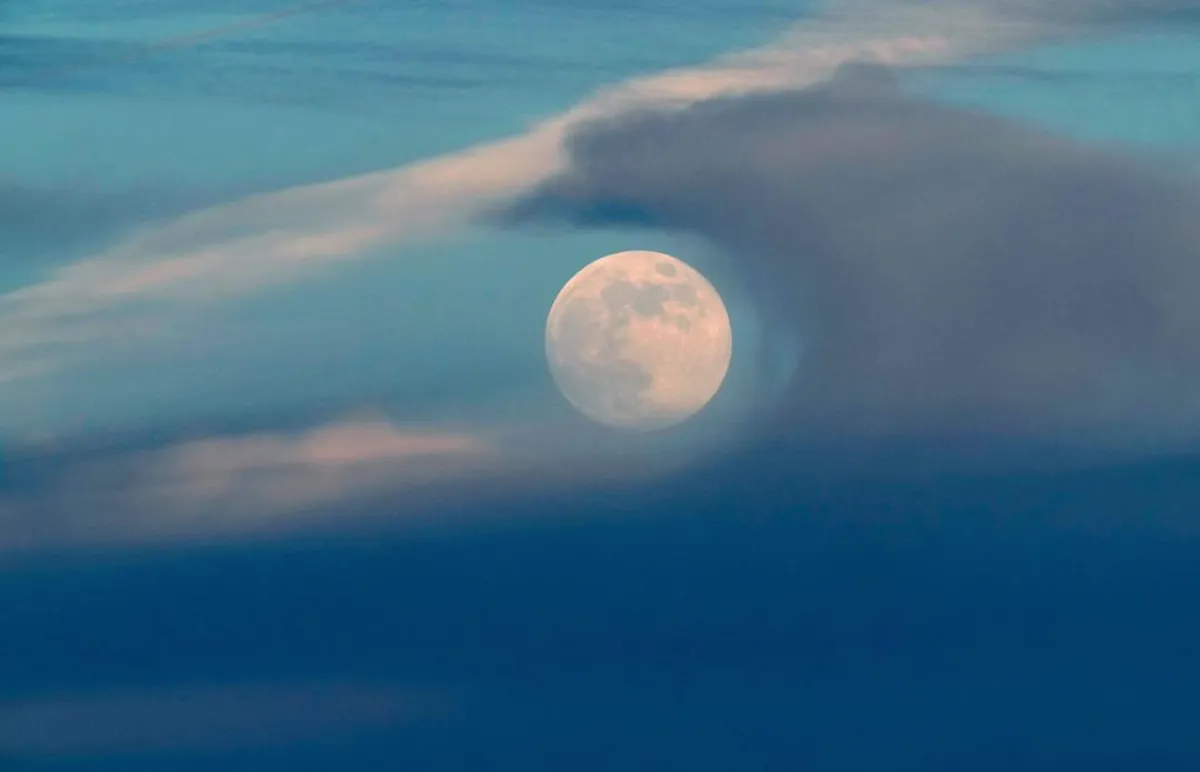
Get ready to gaze upward this Saturday night, as a micromoon makes a subtle yet celestial appearance in the night sky. According to reports from the AP, this full moon will appear smaller and dimmer than usual due to its position at the farthest point from Earth. Astrophysicist Alain Brizard explains that this phenomenon is a very subtle difference compared to the typical full moon experience.
A micromoon is the opposite of a supermoon, which occurs when the moon is closer to Earth and appears larger and brighter. This Saturday's micromoon will be a unique opportunity for stargazers to observe the moon in its less pronounced form. Interestingly, this month’s micromoon is just one in a series of lunar events, with another micromoon expected next month. For those who enjoy the grand spectacle of a supermoon, several will be visible in October, November, and December.
This month's full moon is known by many names, as reported by the Washington Post. Its most common name, the pink moon, derives from the pink flowers of the mossy plant phlox subulata, which bloom in springtime. Additionally, this full moon holds significance as it is the first full moon after the spring equinox, making it known as the Paschal moon, which plays a role in determining the date of Easter.
In addition to the pink moon and Paschal moon, this full moon is also referred to as the sprouting grass moon, the fish moon, and the egg moon, according to CTInsider. Each of these names reflects the seasonal changes and cultural significance attributed to this time of year.
As you prepare for this celestial event, take a moment to appreciate the beauty and variety of names associated with the full moon in April. Whether you are an avid astronomer or a casual observer, the micromoon offers a unique chance to connect with the wonders of our universe.
(This content was created with the help of AI. Read our AI policy.)